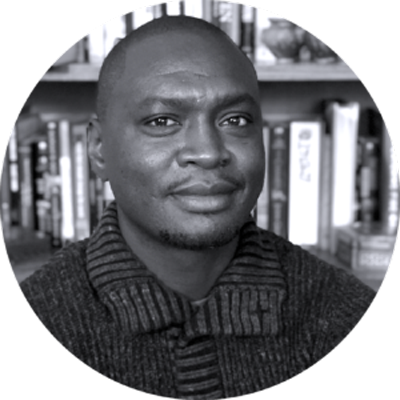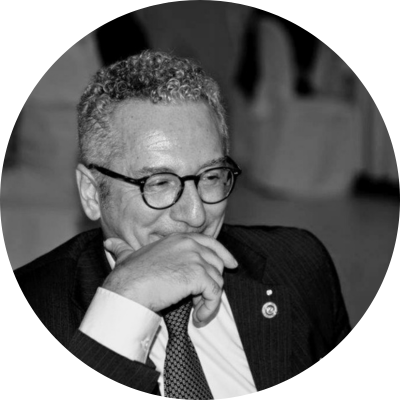Donata Garrasi is a political scientist with 25 years’ experience leading research, policy, and programmatic initiatives on peace, security, and conflict related issues.
Between 2018-2021 Ms Garrasi served as Director of Political Affairs for the United Nations for which she led sensitive political engagements and peace initiatives in Africa’s Great Lakes sub-region. She previously held senior positions with the World Bank, the OECD, the UK Government, and consulting firms for which she developed and managed successful multi-million US$ engagements in support to peacebuilding, political transitions, and stabilisation operations in West, Central Southern and East Africa, the Middle East, Central and South-East Asia, and globally.
Ms Garrasi has collaborated extensively with financial institutions and multinational companies on issues related to natural resources management and investments in high risk and transitional contexts, contributing to enhancing due diligence processes and multi-stakeholders’ processes, and to preventing and addressing reputational, operational, and financial risks associated with terrorism financing, conflict minerals, and poor governance and security environments.
Ms Garrasi developed methodologies to conduct peace and conflict analysis, recovery and peacebuilding assessments, and conflict sensitive screening which are currently used by leading international and regional organisations. She has developed and delivered trainings on crisis management, political economy analysis in crisis affected situations, conflict prevention, and negotiation for senior-level political and development officials of the European Union, the World Bank, the UK Government, ECOWAS, and private sector partners.
A trained mediator, Ms Garrasi has been directly involved in negotiations in national and sub-national crisis contexts.
Ms Garrasi is an Italian national. She holds a MA in International relations from the University of Florence, Faculty of Political Science, and has completed executive programmes including with Yale School of Management and Harvard Kennedy School. She speaks English, French, and Spanish.































